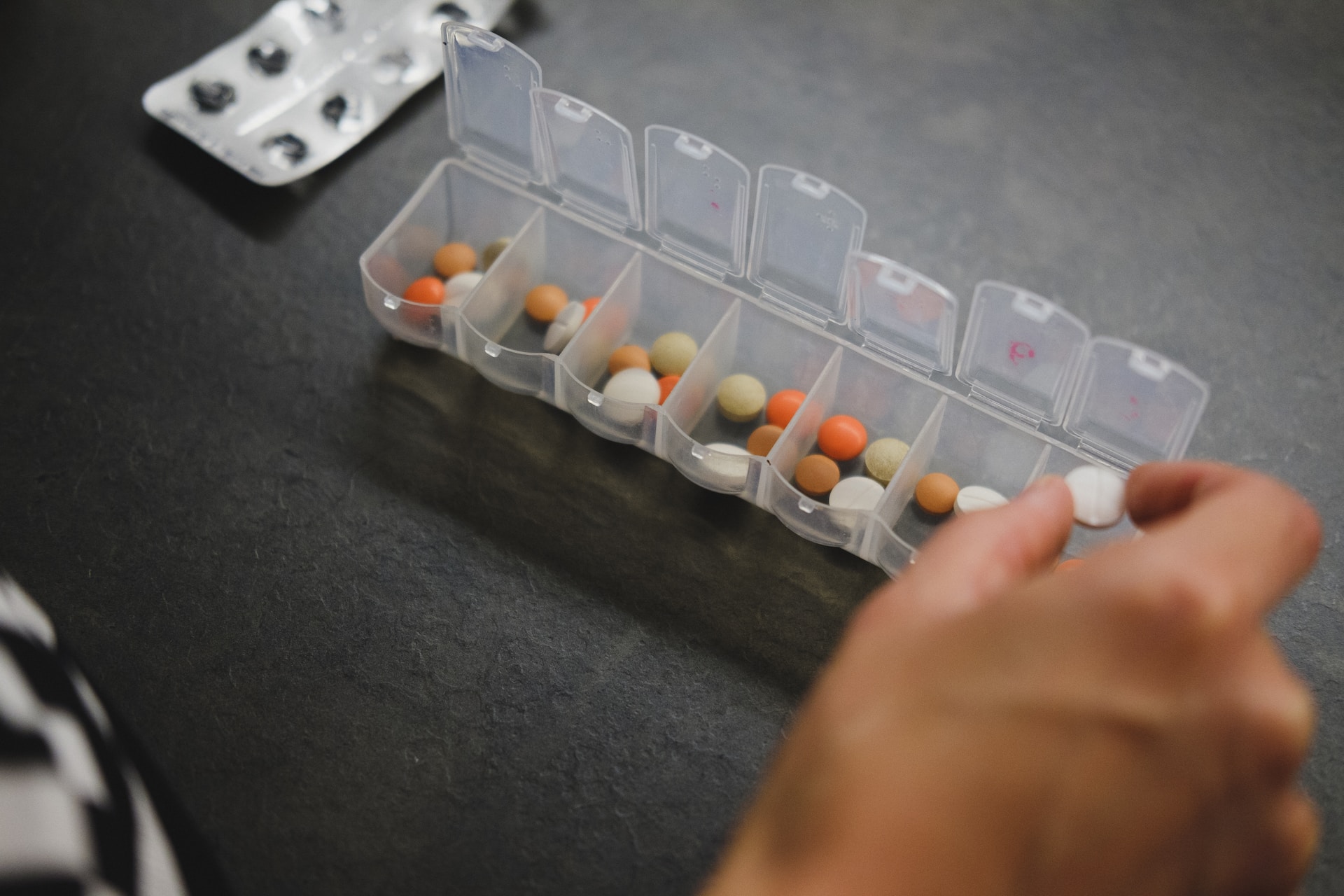Johnson & Johnson’s most recent earnings data showed revenues and earnings per share growing more robustly than analysts anticipated. However, the pace of expansion in their pharmaceutical business may need to pick up more steam to reach the company’s stated goal of $60 billion in annual sales by 2025 – especially if the conglomerate intends to offset potential declines in revenue resulting from a key patent expiration later this year.
Many pharmaceutical firms are in the same boat as J&J, attempting to maintain growth targets while navigating a wave of patent cliffs set to sweep over the industry throughout the next several years. Pharma firms continue to carry a lot of cash and M&A appears to just be picking up, following a dealmaking revival in the second half of 2022. At the same time, many potential targets in the biotech space remain largely discounted and increasingly desperate for capital.
Related ETF & Stocks: VanEck Pharmaceutical ETF (PPH), Johnson & Johnson (JNJ), GSK plc (GSK)
Healthcare conglomerate Johnson & Johnson reported an upbeat set of earnings this morning, providing an optimistic picture for the pharma business in the first quarter of the year. CNBC notes that J&J’s reported revenue and earnings per share (EPS) each beat expectations published by Refinitiv, driven by strong growth across all of its three business sectors; consumer health, pharmaceuticals and medical devices. More specifically, the company reported $13.4 billion in pharmaceutical sales, which grew more than 4.0% YoY.
It’s likely that J&J can continue to grow those sales sequentially in upcoming reporting periods, but if we were to extrapolate Q1’s level of sales throughout the remaining three quarters of 2023, the data suggests J&J’s annual pharma revenue would be equivalent to $53.6 billion, a potential growth rate of 2.0% over last year’s pharmaceutical sales figures. That’s a respectable expansion, but it would not be enough growth to reach the company’s goal of generating $60 billion in pharmaceutical sales by 2025.
Moreover, they’ll have to achieve this goal while competing with patent expirations on at least one of their most lucrative drugs. As an example, Stelara, which is used to treat a number of immune-mediated inflammatory diseases, will lose patent protection later this year and begin facing competition from generics. J&J reported sales of $2.44 billion from Stelara in Q1, representing 18.2% of overall pharmaceutical revenue.
A strengthened pipeline will likely be key to boosting the company’s revenues. Though the company already has robust organic growth with several of its…
To read the complete Intelligence Briefing, current All-Access clients, SIGN IN All-Access clients receive the full-spectrum of MRP’s research, including daily investment insights and unlimited use of our online research archive. For a free trial of MRP’s All-Access membership, or to save 50% on your first year by signing up now, CLICK HERE










